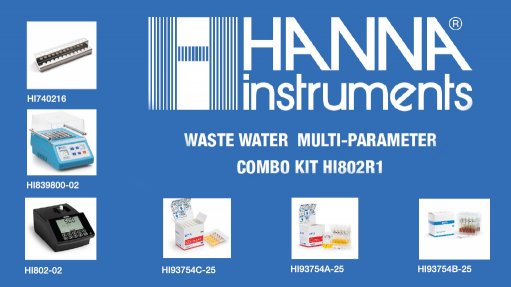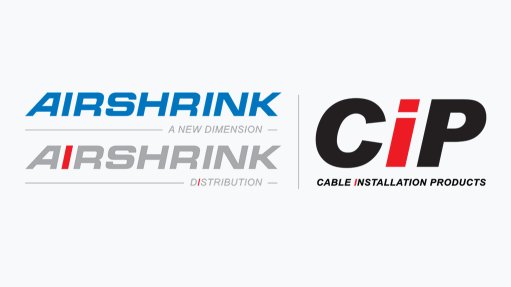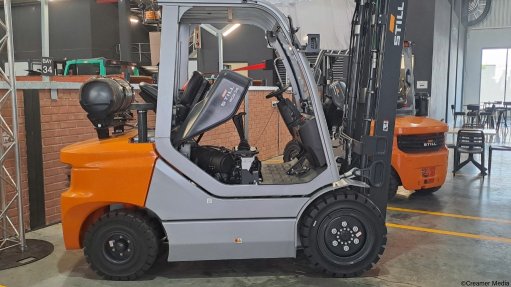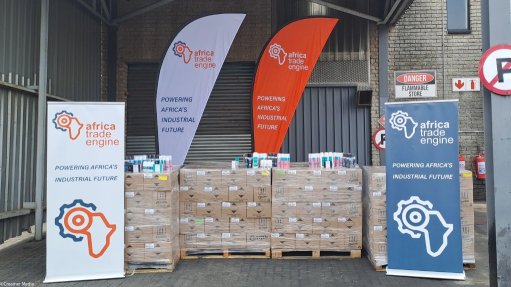Risk down, performance up - building a resilient safety culture for lasting success
This article has been supplied.
By: Sian Thurtell - Chief Operations Officer, KBC Health & Safety
Those in high-risk industries understand that safety is not just a concern, but a fundamental requirement for sustainable success. Still, many companies remain stuck in a pattern of responding to safety events, instead of taking steps to avoid them. Shifting to a forward-thinking safety culture can significantly enhance organisational performance, resulting in fewer accidents, increased productivity, and an improved public image.
For safety to transform from operational burden to business enabler, organisations must move up the safety maturity curve by integrating Compliance, Competence and Commitment through the “Three C” model. Building a foundation of compliance against the relevant legislation ensures minimum standards for safety are met which reinforces the organisations credibility. Targeted training build competence, allowing employees to handle safety issues more confidently. When commitment is strong, safety becomes a core value, with everyone taking responsibility of their own safety thus creating a safety focused culture.
Choosing the proactive advantage of prevention
Companies operating in high-risk sectors face a stark choice: react or prevent. A reactive approach where safety measures are implemented only after incidents occur, leads to costly unplanned downtime, increased medical expenses, and potential damage to market reputation.
In contrast, a proactive strategy that anticipates and addresses risks before they materialise, results in a more productive and cost-effective environment - a shift that not only minimises disruptions but also makes greater employee engagement possible. In reactive settings, safety is perceived as a set of externally imposed rules, leading to disengagement and distrust, whereas a proactive culture encourages employee ownership, promotes open communication and builds trust in leadership.
While reactive compliance treats legal standards as a mere checklist, a proactive stance embeds safety into daily operations, transforming it into a competitive advantage. Instead of limiting training to incident response, safety training is proactive, it happens in a way that is continuous and integrated, and it drives innovation and learning. Importantly, proactive leadership champions safety at every level of the business to ensure accountability and long-term organisational success, rather than delegating safety to a specific department.
Mapping the path to proactive safety through data
To effectively build a proactive safety culture, organisations need a clear understanding of their current state. Without data-driven clarity, organisations risk implementing generic solutions that fail to address root causes. This makes culture surveys and mapping vital for informing custom strategic intervention roadmaps based on organisational data. This road map, coupled with engagement-based coaching programmes that reinforce accountability, leads to long-term safety culture improvements with measurable results. By mapping current realities against desired outcomes, companies can develop actionable solutions in manageable steps and drive progress towards a safety-focused culture that embodies the three Cs of safety.
What are the three Cs? Compliance, Competence and Commitment. Compliance goes beyond simply checking compliance with regulations; digging into the deeper, often intangible aspects of how safety is perceived and practiced, setting the foundation with proper regulations and systems. Competence ensures staff are trained, equipped and empowered to do their jobs correctly, and safely. When safety is integrated into operational procedures and processes, it builds trust and confidence among employees, which reinforces commitment. Compliance-driven safety practices instil confidence in stakeholders, ensuring that safety is a fundamental aspect of operations.
When these three components work together, organisations move up the safety maturity curve, from a vulnerable state to a resilient one. Safety is now engrained in every aspect of that organisation.
Empowering the workforce through targeted training
A resilient safety culture thrives on targeted training and proactive safety interventions, preventing incidents before they occur. Companies that invest in customised safety learning are enabling a culture of care that replaces the ineffective rule-following mindset. To avoid the stagnation caused by generic training, programmes must be tailored to address specific business needs, ensuring employees develop the competence to proactively manage safety.
While many organisations claim safety as a priority, true transformation only happens when it becomes a core value. Safety must be embedded in the company's DNA, so that it influences every decision. A strong safety culture isn't just about following rules; it's about making safety a core part of every business decision. This means everyone shares responsibility, training focuses on preventing problems, and decisions are based on data, not guesses. When the right balance of competence, compliance, and commitment is struck, safety becomes an integral part of the company. This leads to fewer accidents, happier employees, and a stronger business overall.
Article Enquiry
Email Article
Save Article
Feedback
To advertise email advertising@creamermedia.co.za or click here
Comments
Press Office
Announcements
What's On
Subscribe to improve your user experience...
Option 1 (equivalent of R125 a month):
Receive a weekly copy of Creamer Media's Engineering News & Mining Weekly magazine
(print copy for those in South Africa and e-magazine for those outside of South Africa)
Receive daily email newsletters
Access to full search results
Access archive of magazine back copies
Access to Projects in Progress
Access to ONE Research Report of your choice in PDF format
Option 2 (equivalent of R375 a month):
All benefits from Option 1
PLUS
Access to Creamer Media's Research Channel Africa for ALL Research Reports, in PDF format, on various industrial and mining sectors
including Electricity; Water; Energy Transition; Hydrogen; Roads, Rail and Ports; Coal; Gold; Platinum; Battery Metals; etc.
Already a subscriber?
Forgotten your password?
Receive weekly copy of Creamer Media's Engineering News & Mining Weekly magazine (print copy for those in South Africa and e-magazine for those outside of South Africa)
➕
Recieve daily email newsletters
➕
Access to full search results
➕
Access archive of magazine back copies
➕
Access to Projects in Progress
➕
Access to ONE Research Report of your choice in PDF format
RESEARCH CHANNEL AFRICA
R4500 (equivalent of R375 a month)
SUBSCRIBEAll benefits from Option 1
➕
Access to Creamer Media's Research Channel Africa for ALL Research Reports on various industrial and mining sectors, in PDF format, including on:
Electricity
➕
Water
➕
Energy Transition
➕
Hydrogen
➕
Roads, Rail and Ports
➕
Coal
➕
Gold
➕
Platinum
➕
Battery Metals
➕
etc.
Receive all benefits from Option 1 or Option 2 delivered to numerous people at your company
➕
Multiple User names and Passwords for simultaneous log-ins
➕
Intranet integration access to all in your organisation





















